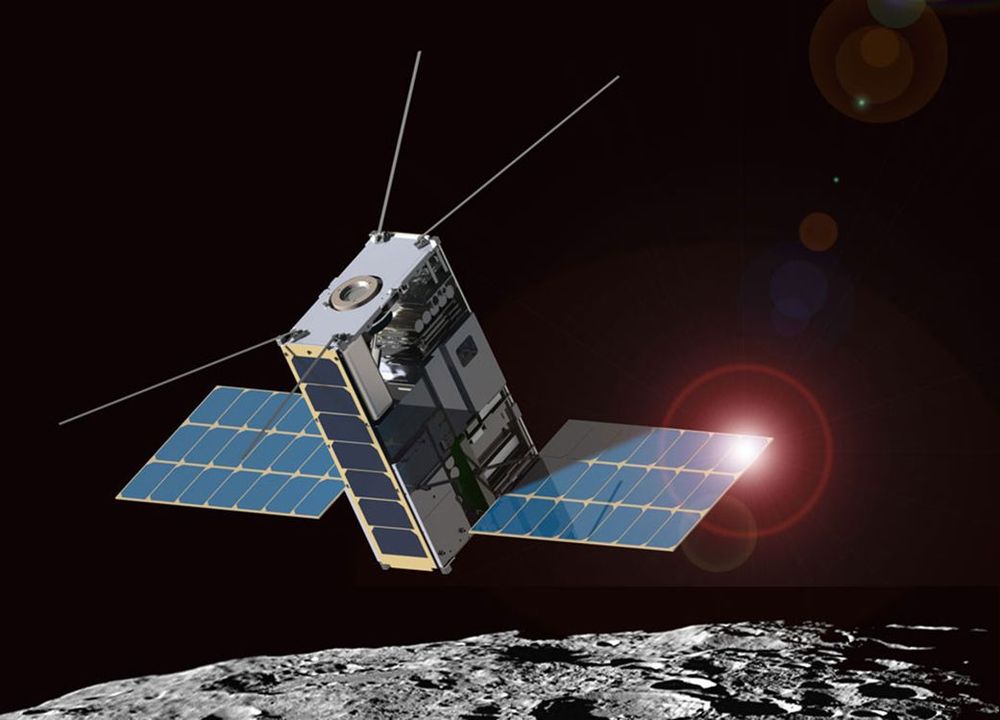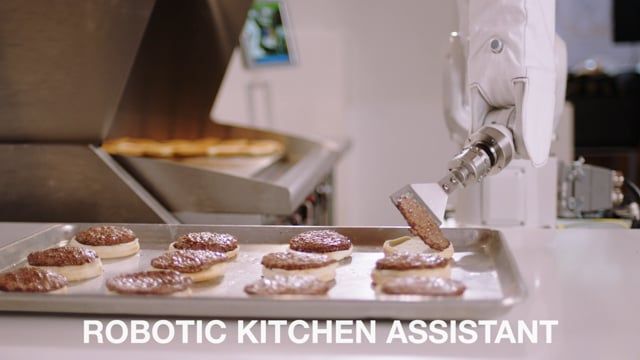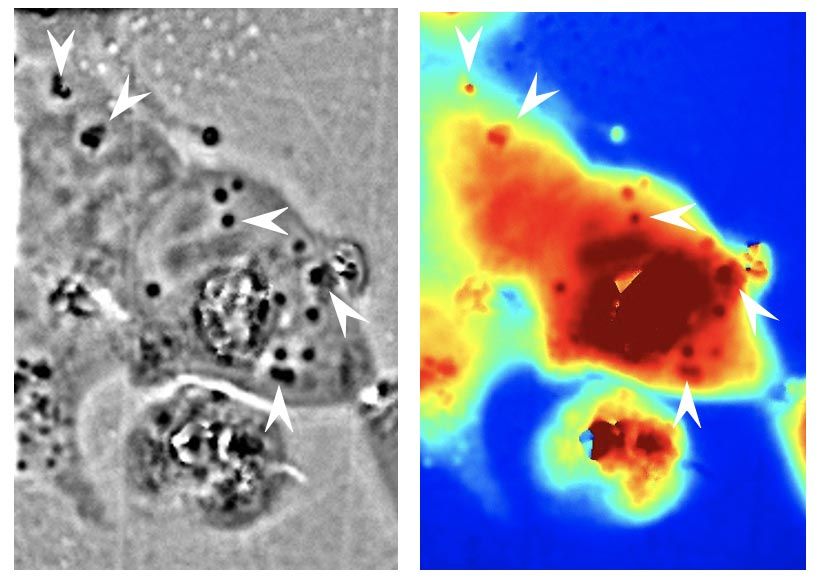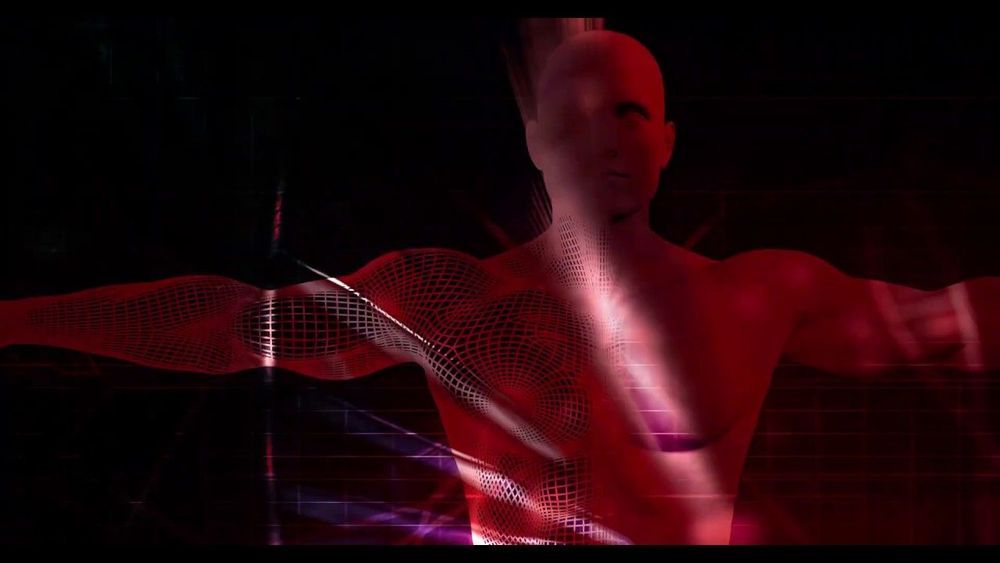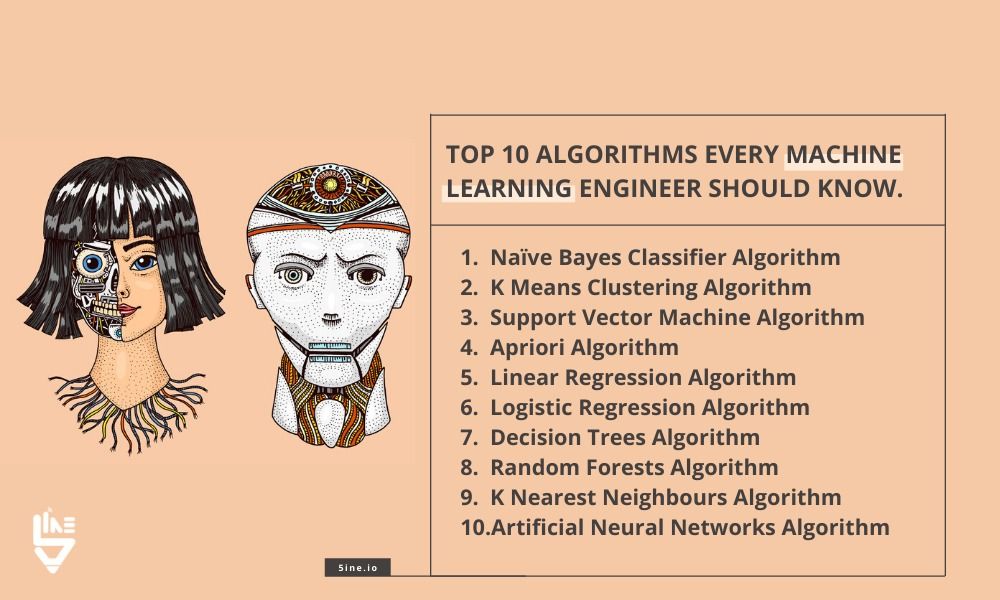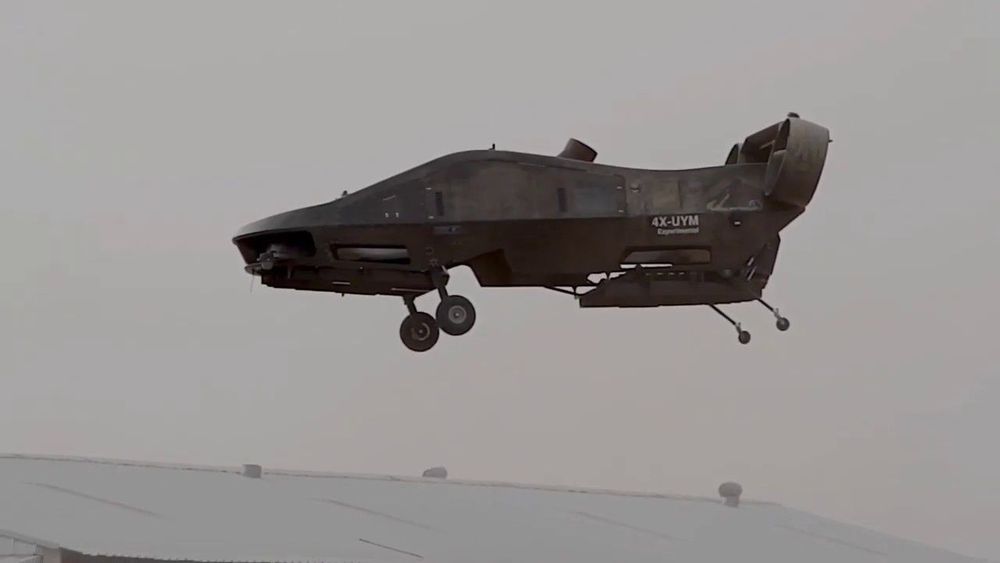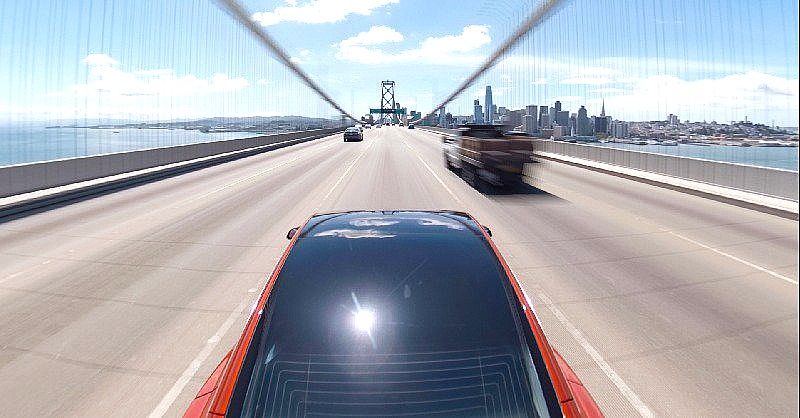Jun 21, 2020
NASA Invites Competitors to Shoot for the Moon and Beyond
Posted by Alberto Lao in category: satellites
NASA is inviting additional teams to compete in the Cube Quest Challenge. You can still participate in the in-space phase of the challenge and be eligible to win part of a $4.5 million prize purse.
The Cube Quest Challenge, NASA’s first in-space competition, incentivizes teams to design, build and deliver small satellites capable of advanced operations near and beyond the Moon. To compete, new teams meeting the eligibility criteria must obtain a ride to deep space for their CubeSats – either through commercial launch opportunities or programs like NASA’s CubeSat Launch Initiative.
“We welcome new teams to join us in this challenge in pursuit of advancing space exploration,” said Monsi Roman, program manager for NASA’s Centennial Challenges. “When we established the Cube Quest Challenge in 2015, commercial flight opportunities weren’t as available. Now that technology has advanced and commercial partners are flying payloads, it is a great time to make potential participants aware of the opportunity.”
